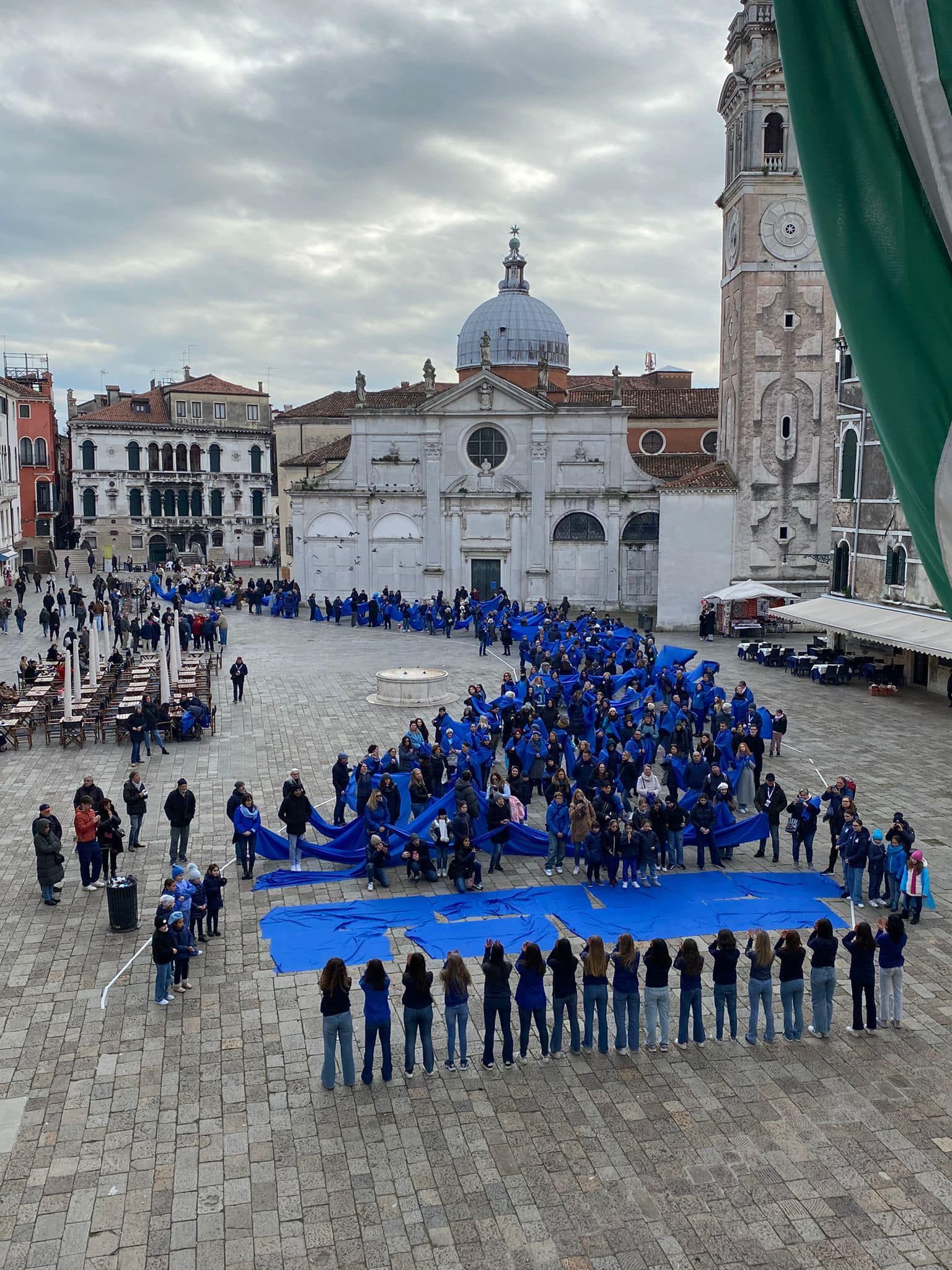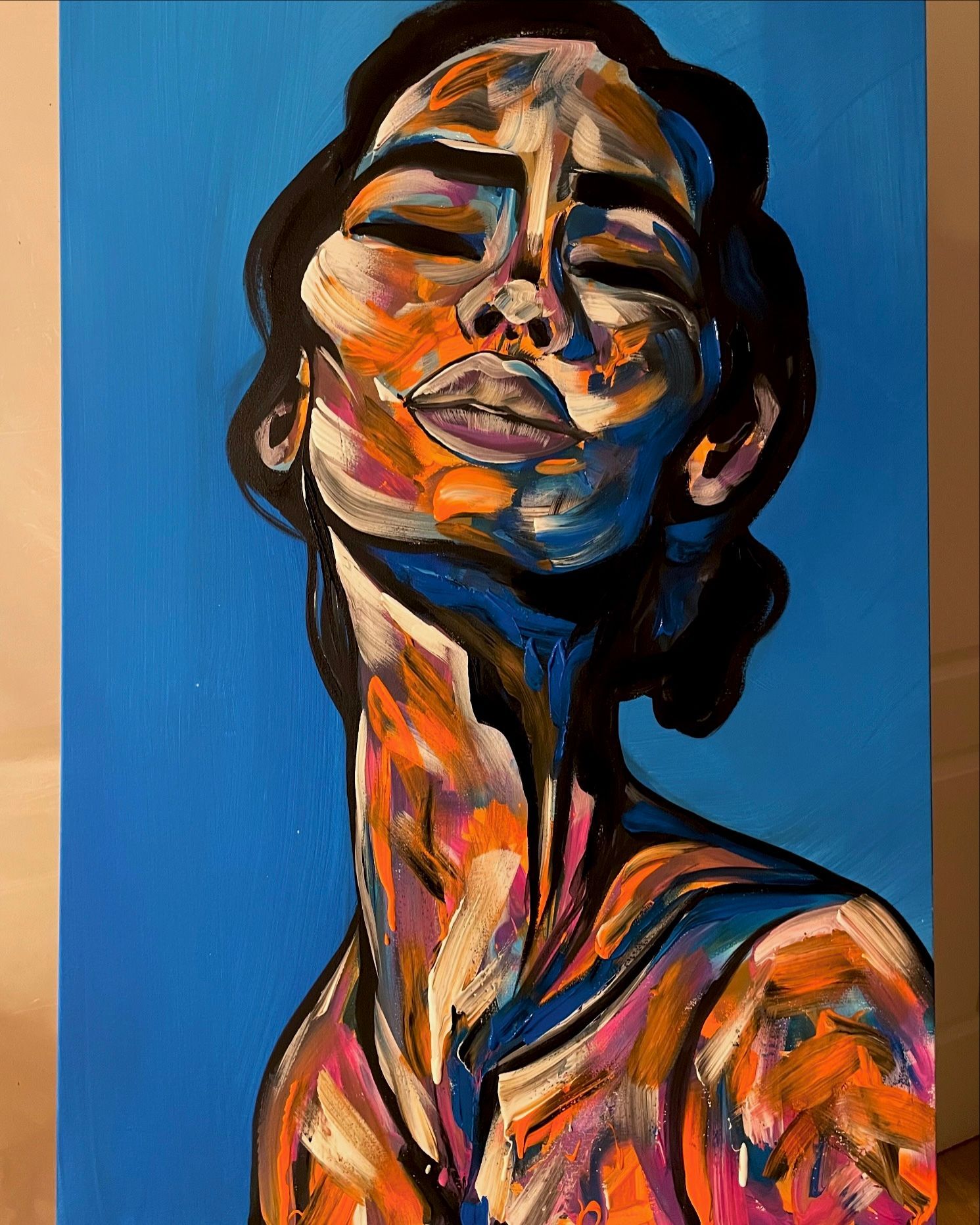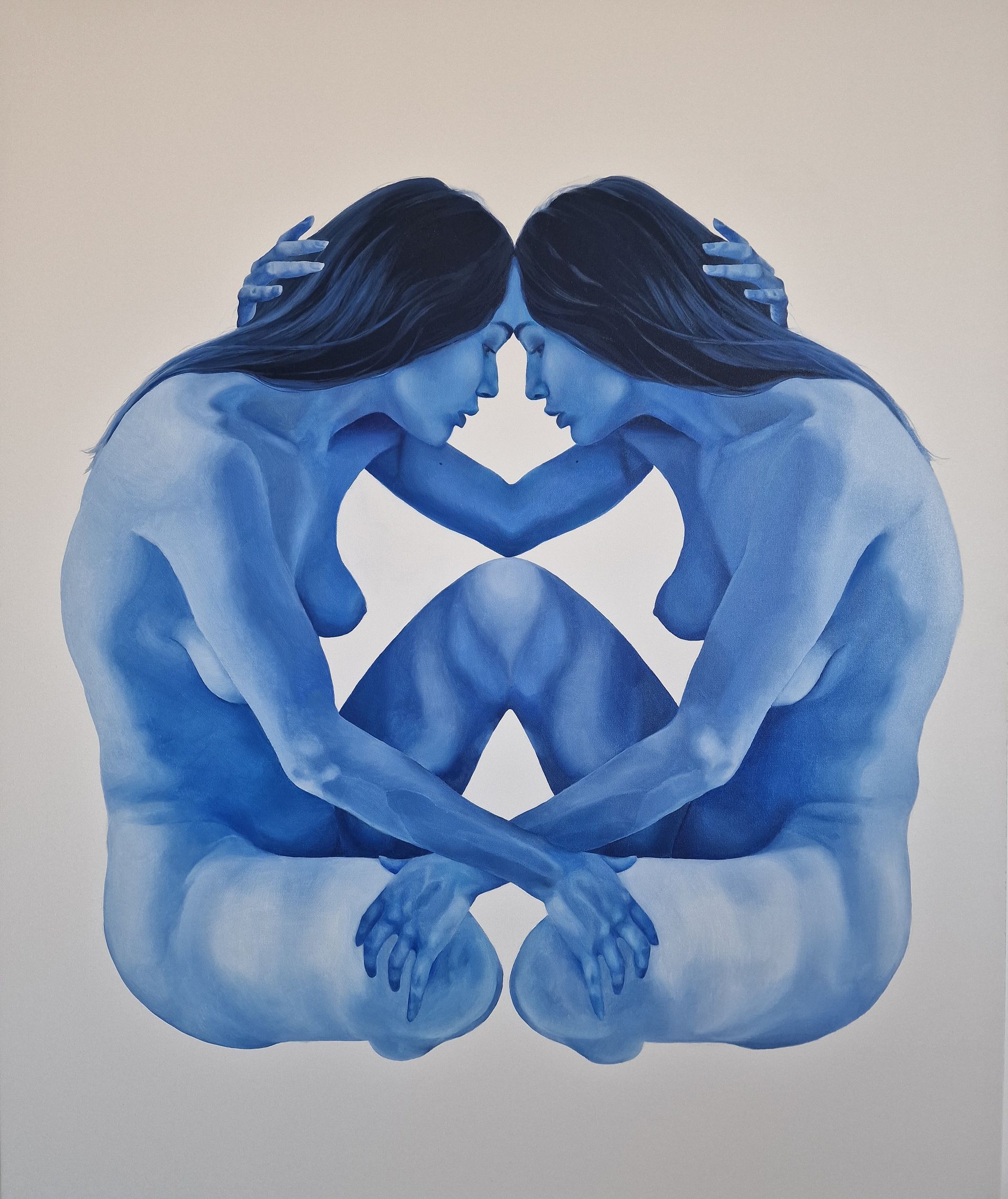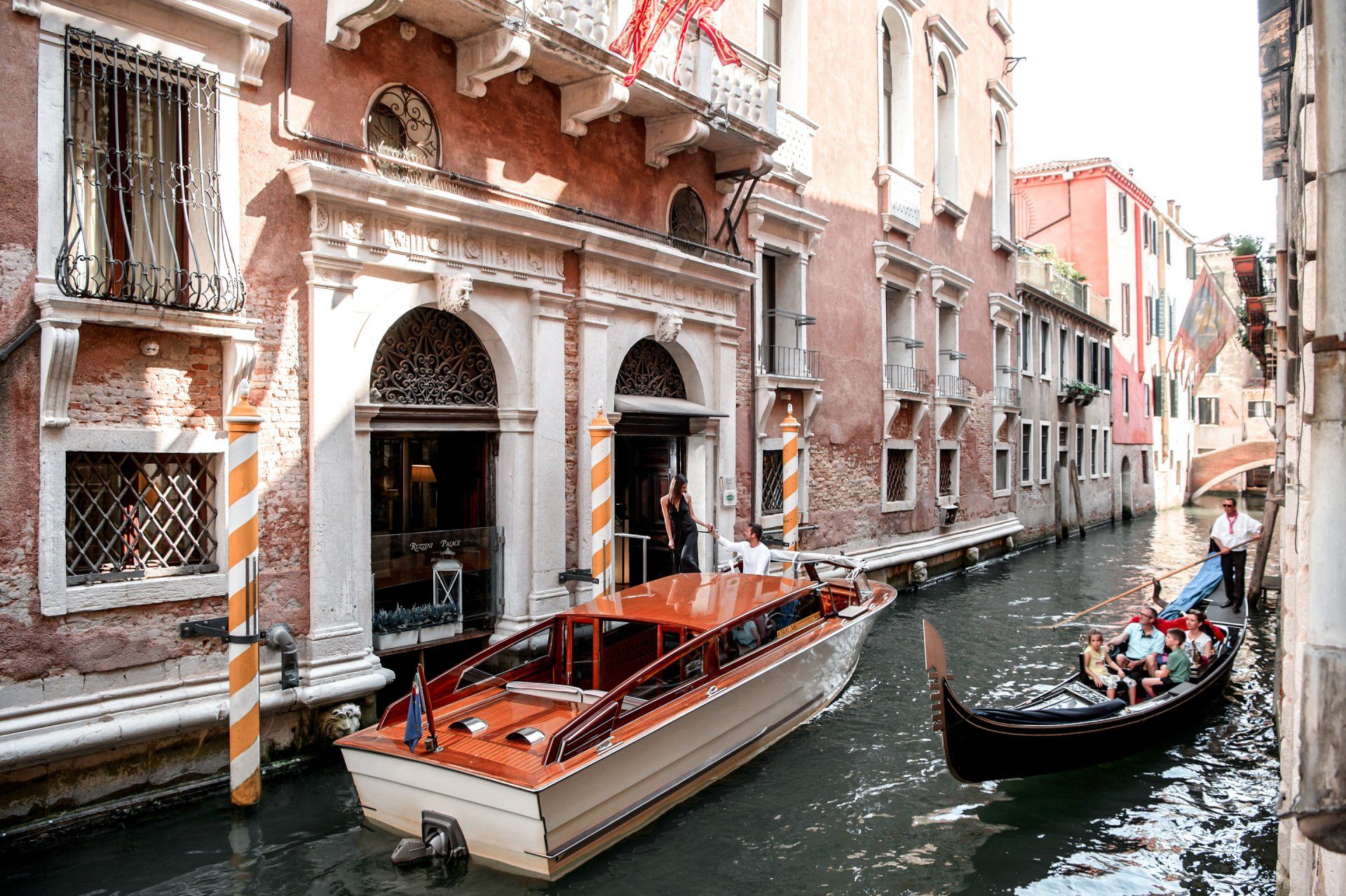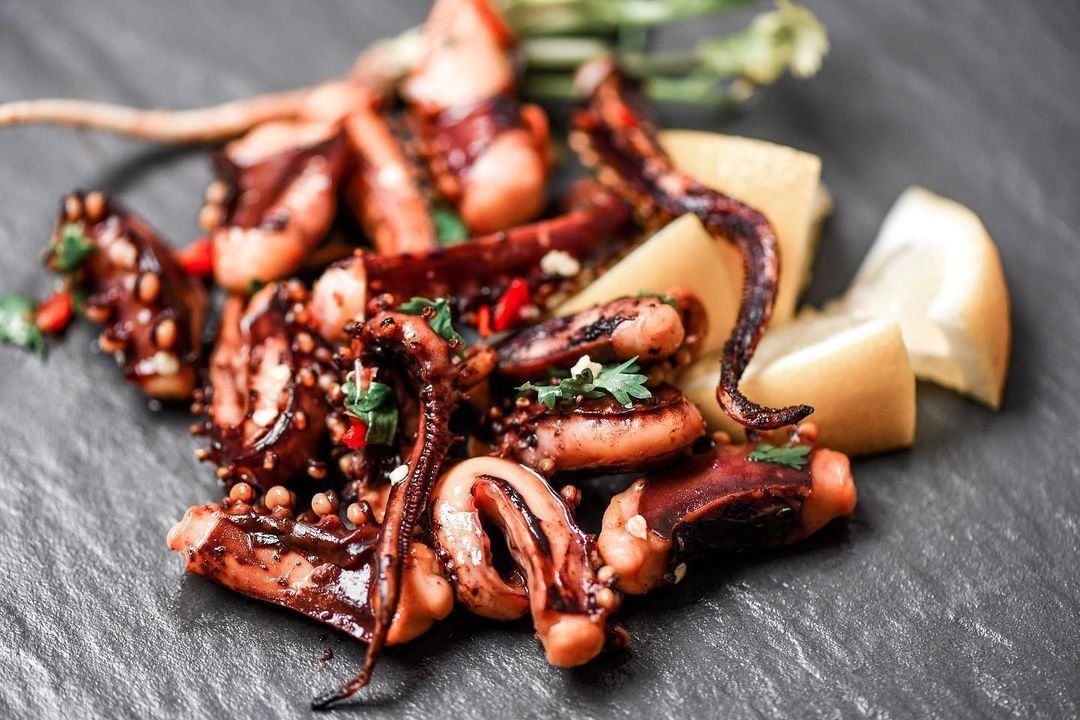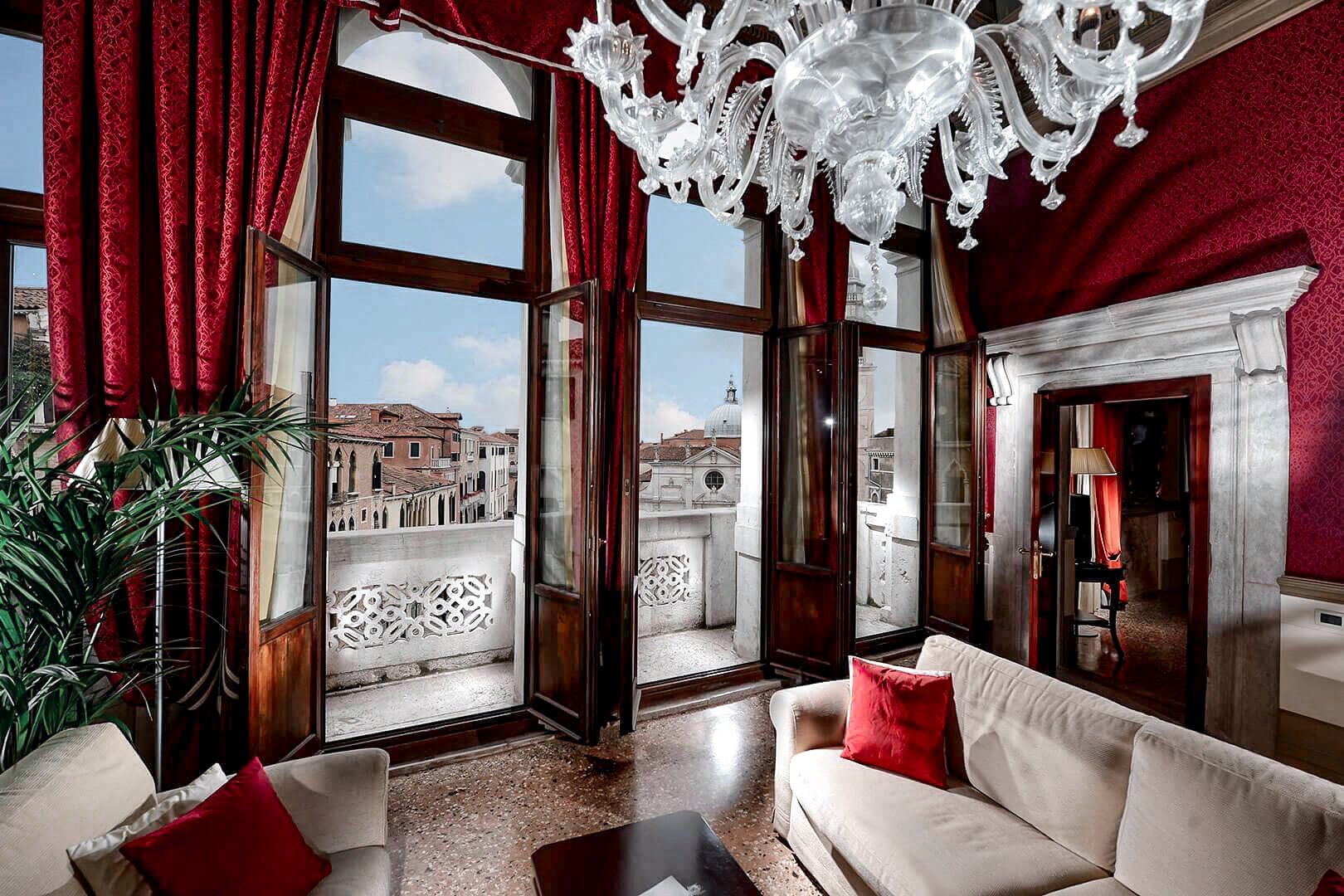Ruzzini Magazine
Tips
Tips for experiencing Venice that only an authentic Venetian can tell you: keep the secret.
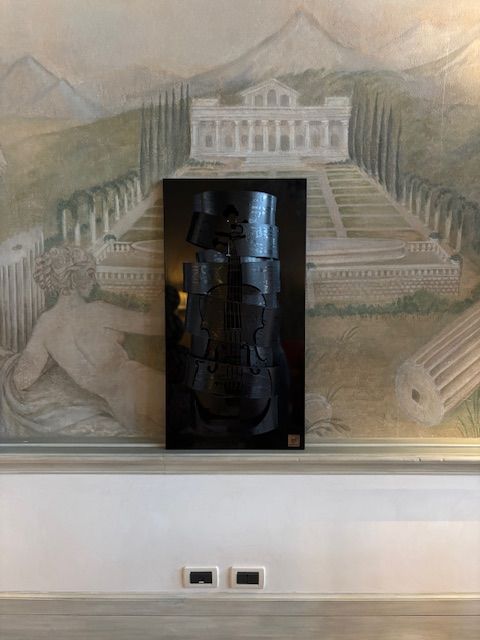
Hotel Ruzzini in Venice stands out not only for its historical charm but also for its artistic sensibility, hosting works by emerging talents. Among them is Primo Violino by Gianluca Migliorino, a tribute to expressive freedom and imperfect beauty, displayed in both its black and white versions. Discover the unique blend of art and hospitality.
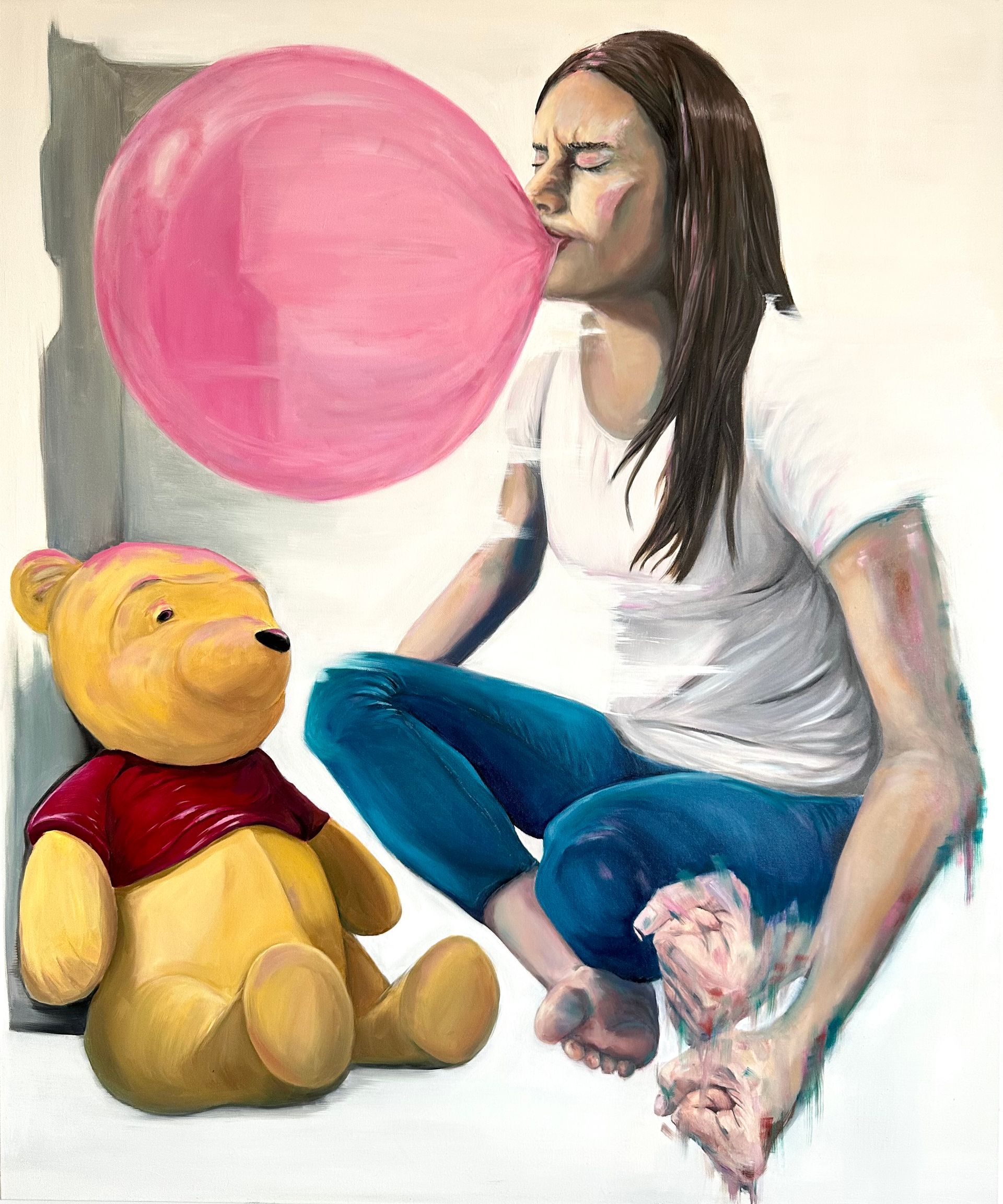
In the art exhibition at Palazzo Ruzzini, titled Six in Venice, from April 18 to Nov. 24, 2024, the artist: NICOLA DIPINTO Born in 1992 and raised in Cerignola, Nicola Dipinto graduated in Laboratory Techniques and in 2018 moved to Milan, where he began working. His passion for art, particularly portraiture, manifested itself from an early age, but it was only when he moved to the Lombard metropolis that he decided to devote time and energy to cultivating it. As a self-taught artist, he embarked on a creative path that started with digital processing on a photographic basis and gradually evolved towards the creation of figures, in which manual skills became the central element of his works. The transition from digital to painting on canvas, with the use of brushes and acrylics, marks a change in his artistic practice. His focus is on the expression of the feelings conveyed by the subjects represented, leaving room for free interpretation as the leitmotif of his creations. The narration of emotions, through the different nuances of colours and techniques, allows Dipinto to reach an artistic maturity that also leads him to experiment with oil on canvas. This technique, which is more flexible and permissive than acrylic, allows him to further explore the interplay of tones and to liberate the feelings of his subjects with greater intensity.Among the works on display, Bubble scream forcefully addresses the theme of violated childhood and the consequences of conflicts on the most vulnerable. The teddy bear, depicted as a universal symbol of lost innocence and interrupted lives, recalls the trauma and loneliness of so many children forced to live in contexts of violence and war. Next to the bear, a human figure forcefully blows into a balloon, an emblematic gesture of the silent attempt to release accumulated pain, representing the unheard cries that risk exploding without ever finding a voice. Completing the composition, a half-destroyed pillar, a mute symbol of suffering, evokes the physical and emotional rubble left behind by conflict. Dipinto's visual language, rich in symbolism and sensitivity, makes each work an experience that involves the viewer, opening up spaces for introspection and dialogue on fundamental themes of the human condition. Text by Livia Ruberti
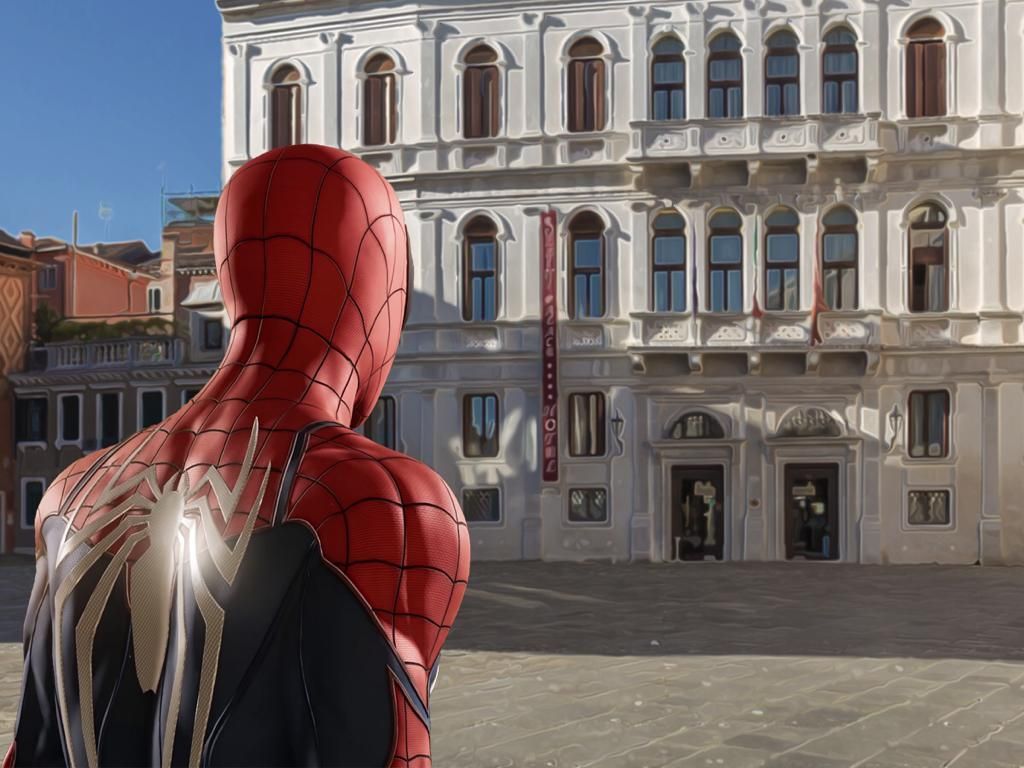
Venice, with its romantic canals and historic architecture, has always been a landmark in the world of cinema. Every year, in September, the city transforms into an international stage thanks to the Venice International Film Festival, one of the most prestigious and anticipated events in the industry. During this period, the city is filled with stars, directors, and cinema lovers from all over the world, ready to celebrate the seventh art in a unique and captivating setting. Hotel Ruzzini: A Cinematic Touch in Venetian History Hotel Ruzzini, located in the heart of Venice, is not only an elegant retreat for visitors to the city but also an integral part of Venice's cinematic fabric. In 2019, its charming rooms were chosen as a location for the film "Spider-Man: Far From Home." The production, featuring Marvel's hero played by Tom Holland, found the perfect backdrop in the hotel's historic and evocative atmosphere for some of the film's most memorable scenes set in Venice. This connection to cinema not only fills us with pride but also allows us to offer our guests an immersive experience where history and glamour intertwine in an unparalleled way. The 2024 Venice Film Festival: An Edition Not to Be Missed The 2024 edition of the Venice Film Festival promises to be even more thrilling. Now in its 81st edition, it will take place from August 28 to September 7, 2024, at the Lido of Venice. Under the direction of Alberto Barbera, the festival promises an exceptional selection of films, ranging from auteur works to international blockbusters. The jury, chaired by French actress Isabelle Huppert, will have the task of awarding the prestigious Golden Lion and other official awards. Among the most anticipated moments, the two Golden Lions for Lifetime Achievement will be awarded to two cinema legends: actress Sigourney Weaver and director Peter Weir.
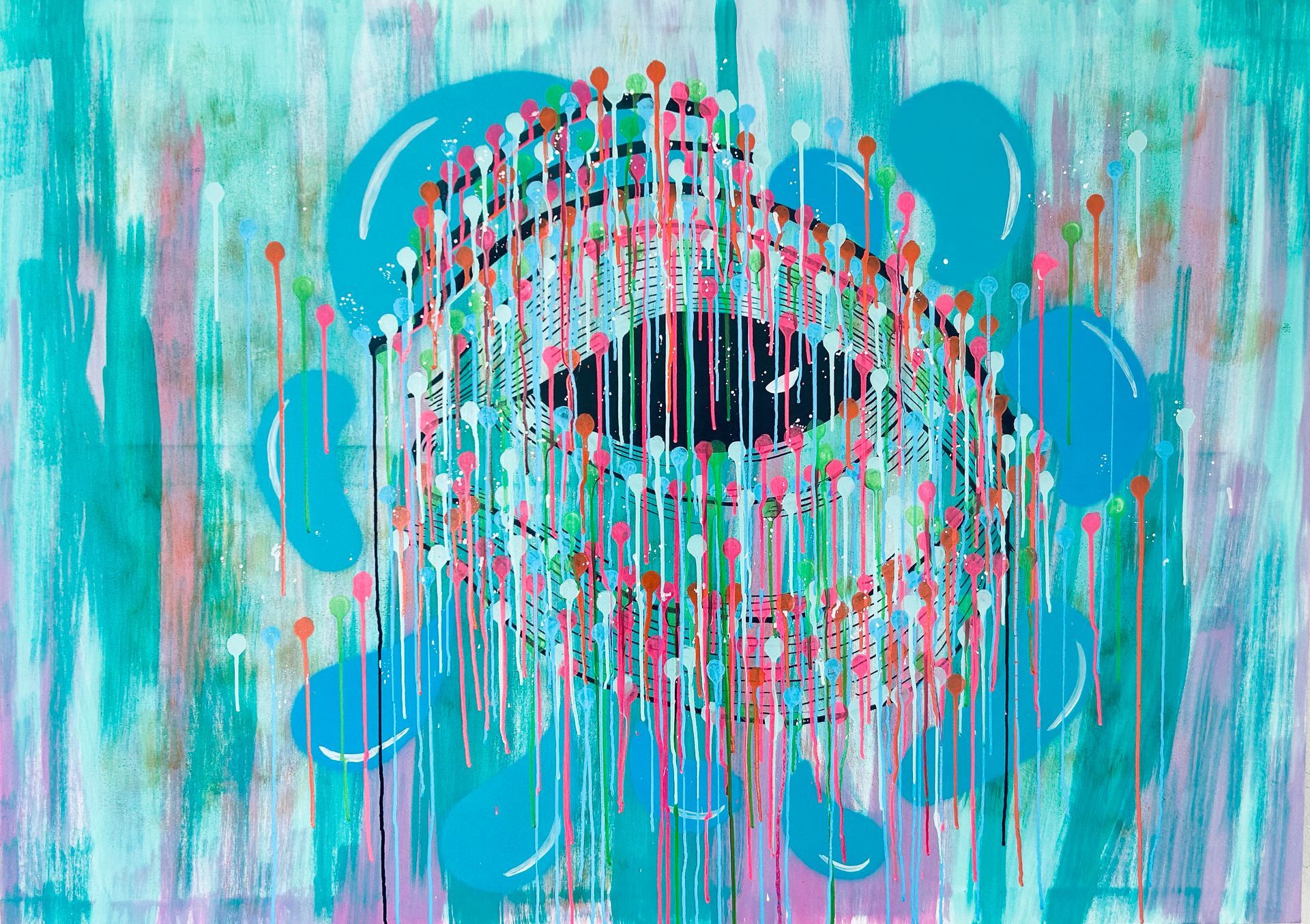
Discover the art of Lorenzo Segale, known as SIB (Sketchinkbook), at the 'Six in Venice' exhibition at Ruzzini Palace. Through works ranging from canvas to skateboards, SIB explores identity evolution and stimulates critical reflections on contemporary issues. An artistic journey that blends emotion and visual research.
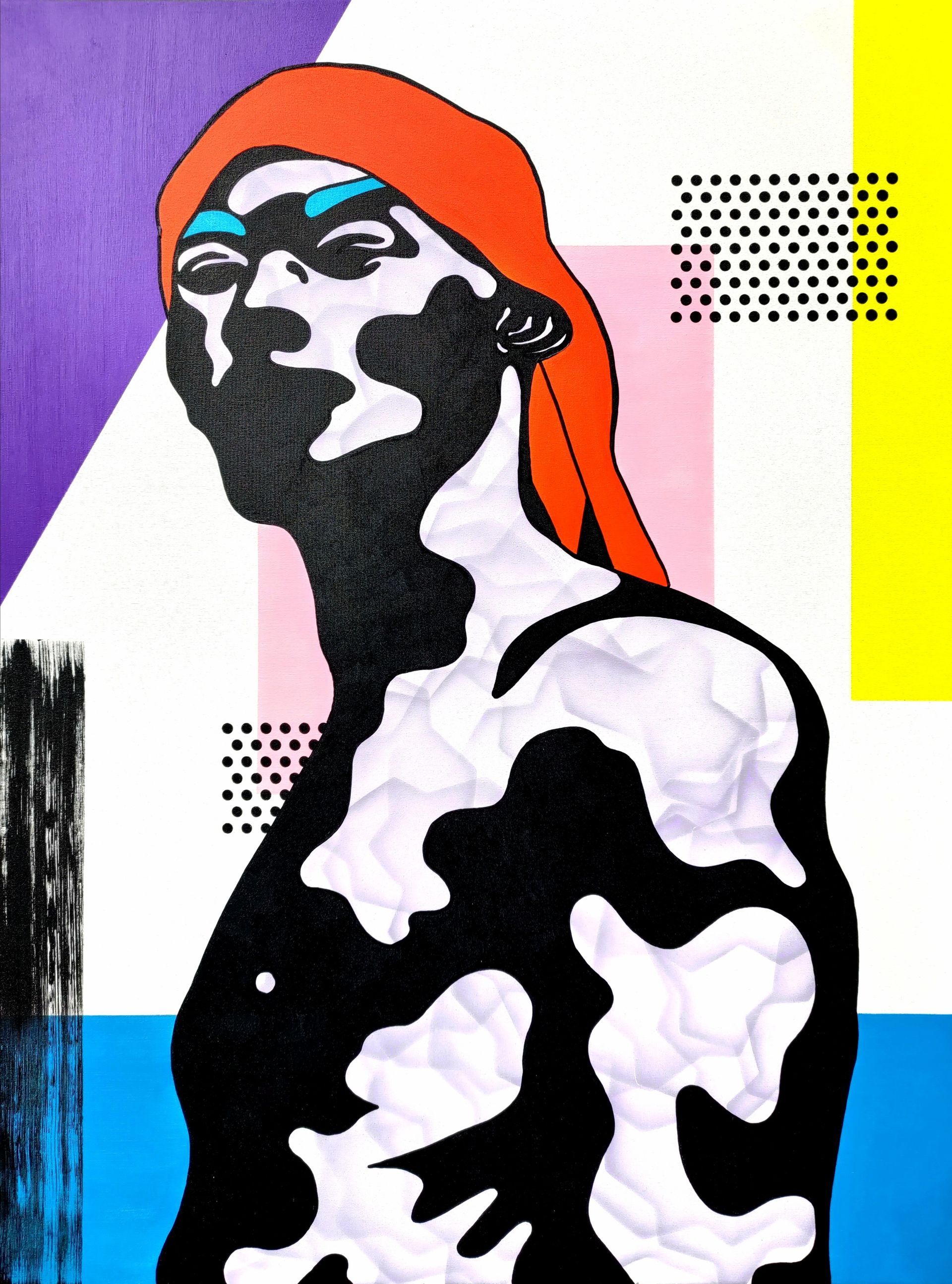
At Palazzo Ruzzini in Venice, Praline Cosmiche, a street artist from Liguria by birth and Milan by adoption, transforms 1980s icons, comic books, science fiction and video games into works of art that combine pop and street art. With vivid colors and themes of social, ethical and environmental denunciation, his work explores the contrast between American capitalism and contemporary issues.
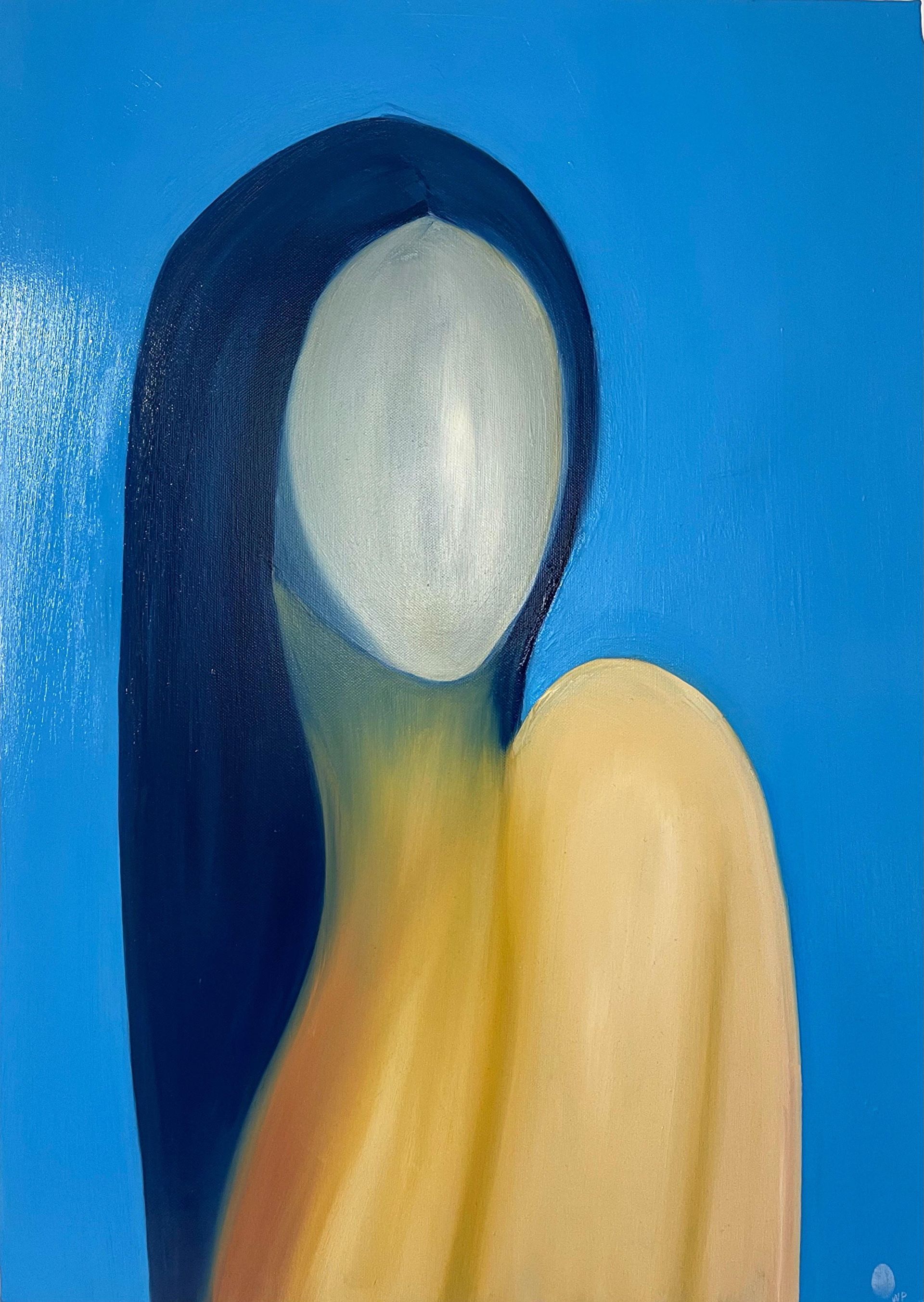
Explore the artistic journey of Will Paucar, who transitions from a conventional financial path to a world of creative expression. Follow his evolution through encounters with shamans, artists, and naturalists worldwide, as he immerses himself in diverse forms of communication, ultimately discovering art along the way. Witness the birth of his painting career, his creative process, and the development of his series, 'Anima Mundi', showcased at Palazzo Ruzzini in Venice. Paucar's work delves into the depths of emotion, transitioning from expressive chaos to serene contemplation, reflecting his personal quest for order and tranquility. Discover the essence of his art, inspired by Platonic philosophy, as he transcends impulsivity to embrace controlled expression and spiritual unity.
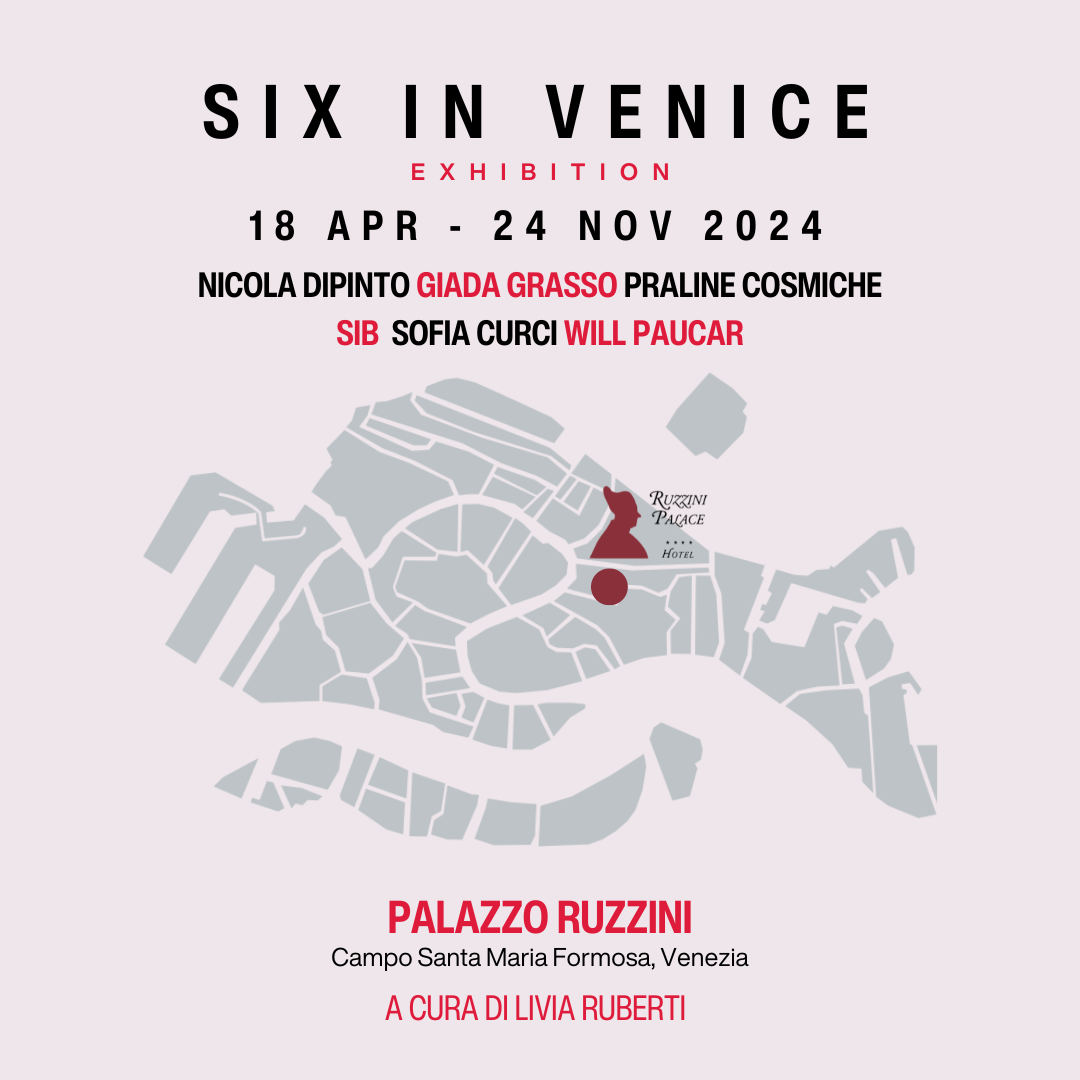
Discover 'SIX in Venice', an exhibition curated by Livia Ruberti, featuring a diverse group of contemporary artists including Giada Grasso, Praline Cosmiche, Nicola Dipinto, SIB sketchinkbook, Sofia Curci, and Will Paucar. Witness the evolution of their works, from expressive abstraction to figurative tranquility, as they explore new dimensions of personal identity. Hosted at the historic Palazzo Loredan Ruzzini Priuli, this unique blend of classical elegance and innovative aesthetics offers a captivating dialogue between art and history.







